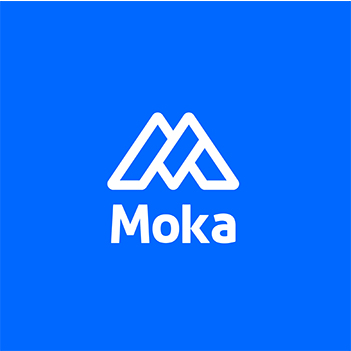Why Personalization Matters for the Future of Employee Experience
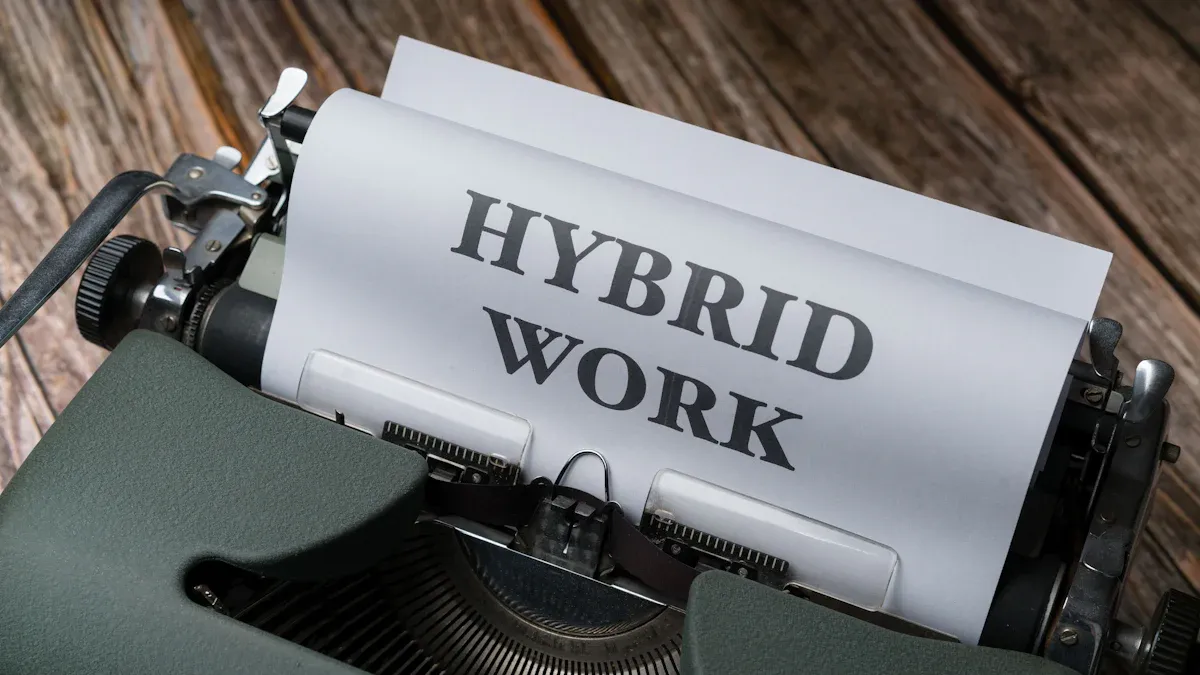
Imagine a workplace where everything feels tailored just for you—your tools, your schedule, even your learning opportunities. That’s the power of personalization. It’s not just a buzzword; it’s reshaping how companies engage with their teams. Studies back this up. For instance:
Organizations with personalized onboarding see a 54% boost in new hire productivity (UrbanBound, 2018).
Companies using AI for engagement report a 5x productivity increase (IBM Smarter Workforce, 2023).
Personalization can raise engagement levels by 34% (Gartner, 2023).
This shift answers the big question: Why Personalization is the Future of Employee Experience?
Key Takeaways
Personalization helps people work better. Companies see 54% more productivity with personalized onboarding.
Flexible work is very important. 79% of younger workers want flexible work options.
AI makes personalization better. AI tools adjust to what people like, making work easier and more fun.
Personalization keeps workers interested. Custom experiences raise employee engagement by 34%.
Spending on personalization is worth it. Some companies earn $20 for every $1 spent on it.
Why Personalization is the Future of Employee Experience
Defining Personalization in the Workplace
Tailoring tools, resources, and environments to individual needs.
Personalization in the workplace means creating an environment where your unique needs and preferences are prioritized. It’s about giving you the tools, resources, and flexibility to work in a way that suits you best. For example, some employees thrive in quiet spaces, while others prefer collaborative environments. Personalization ensures both options are available.
Companies like Google have embraced this concept by offering relaxation areas and free meals, making the workplace feel more like home. When you can customize your workspace or choose tools that fit your workflow, you feel more engaged and connected to your organization. Research even shows that employees who personalize their workspace report higher levels of enthusiasm and attachment to their jobs.
Examples: Flexible work arrangements, personalized learning paths, and customized software.
Personalization takes many forms. Flexible work arrangements, like remote or hybrid options, let you work where and when you’re most productive. Personalized learning paths allow you to develop skills at your own pace, focusing on areas that interest you. Customized software, such as task management tools tailored to your preferences, can streamline your workflow.
The trend of "bring your own software" (BYOS) is also gaining traction. It empowers you to select applications that align with your needs, boosting productivity and satisfaction. Future tools will likely offer even more intelligent personalization, adapting to your habits and preferences seamlessly.
The Growing Importance of Personalization
The shift toward employee-centric workplace cultures.
Workplaces are shifting from rigid, one-size-fits-all models to employee-centric cultures. This change recognizes that you’re not just a worker but an individual with unique needs. Companies are realizing that personalization isn’t just a perk—it’s essential.
For instance, 93% of employees say the ability to customize their benefits is crucial. This demand for personalization reflects a broader trend: employees want workplaces that value their individuality. When organizations meet these expectations, they foster loyalty and engagement.
Meeting the demand for flexibility, autonomy, and support.
Today’s workforce craves flexibility, autonomy, and support. You want the freedom to choose how you work and the tools to succeed. Personalization delivers on these demands.
Consider this: 79% of Millennial and Gen Z employees emphasize the need for flexible work options. By offering tailored solutions, companies can attract and retain top talent. Personalization isn’t just about making work easier—it’s about creating an environment where you can thrive.
Tools and Technologies Driving Personalization
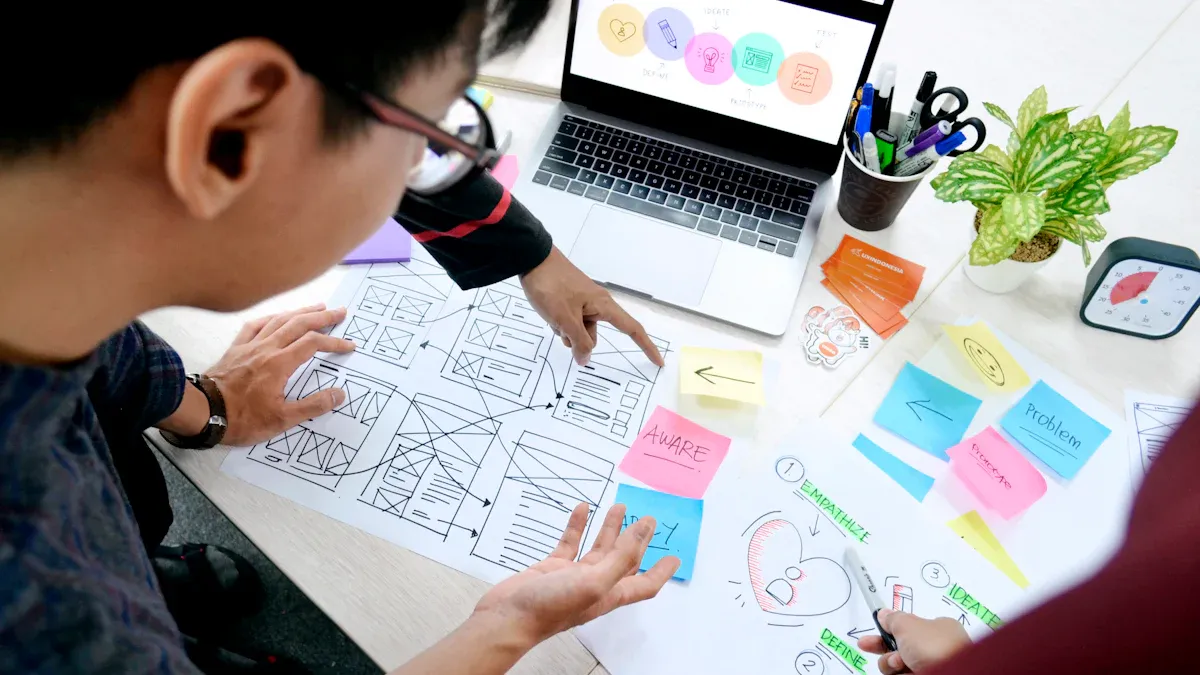
Bring Your Own Software (BYOS)
Empowering employees with tools that fit their workflows.
Imagine having the freedom to choose the tools that work best for you. That’s the idea behind Bring Your Own Software (BYOS). It allows you to integrate apps and platforms that align with your workflow, making your tasks smoother and more efficient. BYOS puts you in control, ensuring that your work environment feels tailored to your needs.
This approach also boosts productivity. Employees who feel empowered by their tools are nearly three times more likely to report higher efficiency. As remote work becomes more common, the demand for personalized software solutions continues to grow. BYOS ensures you have the flexibility to work in a way that suits you best.
Examples of BYOS and its impact on productivity.
BYOS isn’t just a trend—it’s a game-changer. For example, using your preferred project management app can help you stay organized and meet deadlines. Similarly, choosing a communication tool that fits your style can improve collaboration with your team. Studies show that employees who use tools they’re comfortable with are more engaged and productive.
Organizations that embrace BYOS often see a significant boost in performance. A well-designed recognition program, for instance, can increase employee productivity by over 11%. When you feel recognized and valued, you’re more likely to put in extra effort and stay committed to your goals.
AI and Intelligent Software
AI-driven tools that adapt to individual preferences.
Artificial intelligence (AI) is revolutionizing workplace personalization. AI tools learn from your habits and preferences, adapting to provide a seamless experience. They can recommend tasks, suggest learning opportunities, or even automate repetitive processes, saving you time and effort.
AI-driven platforms also enhance satisfaction. A Gartner report found that employees satisfied with their digital tools are nearly three times more efficient. By adopting AI-powered solutions, companies can create a user experience that feels intuitive and personalized, much like the apps you use in your daily life.
Examples: AI-powered learning platforms and task management tools.
AI-powered learning platforms are a great example of this technology in action. They analyze your career goals and performance data to suggest courses or training programs tailored to you. Task management tools, on the other hand, can prioritize your to-do list based on deadlines and importance, helping you stay focused.
These tools don’t just make your work easier—they make it smarter. By automating mundane tasks and providing real-time feedback, AI helps you achieve more in less time. It’s no wonder organizations are moving away from traditional methods in favor of AI solutions.
Integrated Ecosystems
Unified platforms for seamless, personalized experiences.
Integrated ecosystems bring everything together. They combine tools, apps, and data into a single platform, creating a seamless experience for you. These ecosystems ensure that all your tools work in harmony, reducing the need to switch between multiple apps.
Unified platforms also foster collaboration. For example, Disney’s MagicBand technology integrates various services, from room access to ride reservations, into one system. This kind of integration enhances the user experience, making it more efficient and enjoyable.
The role of cloud-based solutions in enabling personalization.
Cloud-based solutions play a key role in enabling these ecosystems. They allow you to access your tools and data from anywhere, ensuring flexibility and convenience. Whether you’re working from home or the office, cloud platforms keep everything at your fingertips.
Seamless interactions across these platforms lead to higher satisfaction and trust. When your tools are consistent and reliable, you can focus on what matters most—your work. Companies that invest in integrated ecosystems are setting the stage for a more personalized and productive future.
Benefits of Personalization in the Workplace
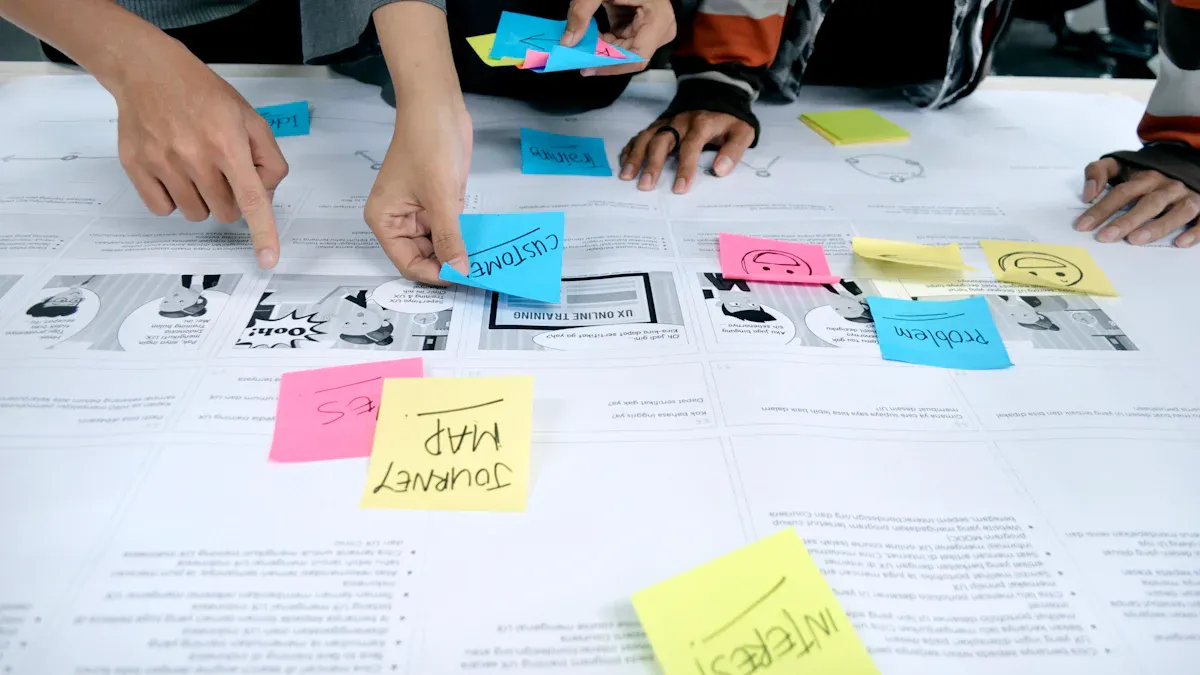
Boosting Employee Engagement
How personalization fosters a sense of value and belonging.
When your workplace feels tailored to you, it’s easier to feel valued and connected. Personalization creates an environment where your unique needs are recognized, fostering a sense of belonging. Companies like Spotify and IBM have embraced this by offering tailored initiatives based on individual preferences. This approach has led to noticeable improvements in job satisfaction and productivity.
In fact:
A 2023 Gartner report found that organizations implementing personalization in employee experience see up to a 34% increase in engagement levels.
A 2020 Evive survey revealed that personalized reminders about health, financial, and workplace benefits significantly enhance employee well-being.
When you feel supported and understood, you’re more likely to engage deeply with your work.
The connection between engagement and productivity.
Engagement and productivity go hand in hand. When you’re engaged, you’re more motivated to perform at your best. Personalized strategies, like customized benefits or flexible work options, make you feel appreciated, which directly impacts your output.
Enhancing Productivity
Employees perform better with tailored tools and environments.
Imagine having tools and a workspace designed just for you. Personalization ensures you have what you need to succeed. Whether it’s software that adapts to your workflow or a quiet space to focus, these tailored solutions help you work smarter, not harder.
Examples of productivity gains from personalized workflows.
The numbers speak for themselves:
Statistic | Description |
|---|---|
5x lift in productivity | Firms using AI for employee engagement report a fivefold increase in productivity. |
High engagement levels lead to 50% higher profitability and 23% lower turnover. |
When your tools and environment align with your needs, you can achieve more in less time.
Improving Retention and Recruitment
Personalization as a competitive advantage in attracting talent.
Personalization isn’t just about keeping employees happy—it’s also a powerful recruitment tool. Tailoring the hiring process to individual candidates creates a better experience and strengthens your company’s brand.
Reducing turnover by addressing employee needs.
Valuing employee well-being through personalized strategies builds loyalty. Flexible work arrangements and supportive cultures reduce turnover and help retain top talent.
Personalization answers the question, "Why Personalization is the Future of Employee Experience?" It’s not just a trend—it’s a necessity for thriving in today’s workplace.
Challenges of Implementing Personalization
Security and Compliance Concerns
Balancing personalization with data privacy and security.
Personalization often requires access to sensitive employee data, which raises concerns about privacy and security. You might wonder, "How can companies balance personalization with protecting my data?" It’s a tricky line to walk. Organizations need to ensure that your information is used responsibly while still delivering tailored experiences.
However, challenges arise. For example:
A 17% drop in user engagement occurred when companies restricted data access to prioritize security.
Only 38% of users consented to personalized services, showing how difficult it can be to gain trust.
To address these issues, companies must adopt transparent data practices. Clear communication about how your data is used and stored can build trust. Additionally, implementing robust security measures, like encryption and regular audits, ensures your information stays safe.
Examples of risks and mitigation strategies.
Risks like data breaches and misuse of personal information are real. But organizations can mitigate these by:
Limiting data collection to only what’s necessary.
Using anonymized data for personalization.
Regularly training employees on data security best practices.
When companies take these steps, they can create a safer environment for personalization.
Cost and Resource Allocation
Investments required for personalized solutions.
Personalization doesn’t come cheap. Companies need to invest in tools, technologies, and training to make it work. For instance, integrating data from various systems or using advanced analytics requires significant resources.
Evidence Type | Description |
|---|---|
Combining data from multiple sources to improve decision-making. | |
Resource Forecasting | Predicting resource needs using analytics to avoid waste. |
Cost Savings | Optimizing resources to reduce operational expenses. |
While these investments may seem high, they often lead to long-term benefits like improved efficiency and reduced costs.
Strategies for scaling personalization effectively.
Scaling personalization doesn’t have to break the bank. Companies can start small by focusing on high-impact areas, like employee benefits or learning platforms. Gathering feedback through surveys can also help identify cost-effective solutions that meet your needs.
Resistance to Change
Overcoming skepticism from leadership and employees.
Change can be scary. You might feel uncertain about new tools or processes. Leaders and employees often resist personalization because they don’t fully understand its benefits.
To overcome this, companies should:
Communicate clearly about why personalization matters.
Involve you in the process to foster a sense of ownership.
Provide training to help you adapt to new systems.
The importance of communication and training.
Effective communication is key. When you understand how personalization aligns with company goals and benefits you directly, you’re more likely to embrace it. Training programs can also ease the transition, giving you the skills and confidence to thrive in a personalized workplace.
Change isn’t easy, but with the right approach, it can lead to a more engaging and productive work environment.
Preparing for the Future of Personalization
Trends Shaping the Future
The role of AI, machine learning, and predictive analytics.
AI, machine learning, and predictive analytics are transforming how workplaces personalize employee experiences. These technologies analyze data to predict your needs and preferences, creating hyper-relevant solutions. For example, AI can recommend training programs based on your career goals or automate repetitive tasks to save you time.
The numbers back this up. The e-commerce market’s use of AI was valued at $7.25 billion in 2024, showing how industries are investing heavily in personalization technologies. This trend isn’t limited to retail—it’s shaping workplaces too. Predictive analytics helps companies anticipate what you need before you even ask, making your workday smoother and more efficient.
The rise of hyper-personalized employee journeys.
Hyper-personalization takes things a step further. It’s not just about offering flexible schedules or tailored tools—it’s about crafting an entire employee journey that feels unique to you. Imagine onboarding programs that adapt to your learning style or benefits packages customized to your life stage.
A 2020 survey by Promoleaf found that 35% of remote workers preferred daily video contact during onboarding. This highlights the growing demand for personalized communication. Companies that embrace hyper-personalization can create experiences that make you feel valued and understood from day one.
Building a Personalization-Ready Culture
Fostering a culture that embraces personalization.
Creating a culture that supports personalization starts with mindset. Leaders need to prioritize your individuality and encourage teams to do the same. When companies value personalization, they see real results.
Statistic | Source |
|---|---|
80% of companies report seeing an uplift since implementing personalization. | Econsultancy |
95% of companies that achieved 3x ROI from personalization increased profitability. | Monetate |
These numbers show that personalization isn’t just a nice-to-have—it’s a game-changer. By fostering a culture that embraces it, organizations can improve engagement, loyalty, and overall success.
Investing in tools and technologies for the future.
To prepare for the future, companies must invest in the right tools. AI-driven platforms, cloud-based ecosystems, and predictive analytics are essential for delivering personalized experiences. These technologies don’t just make your work easier—they make it smarter.
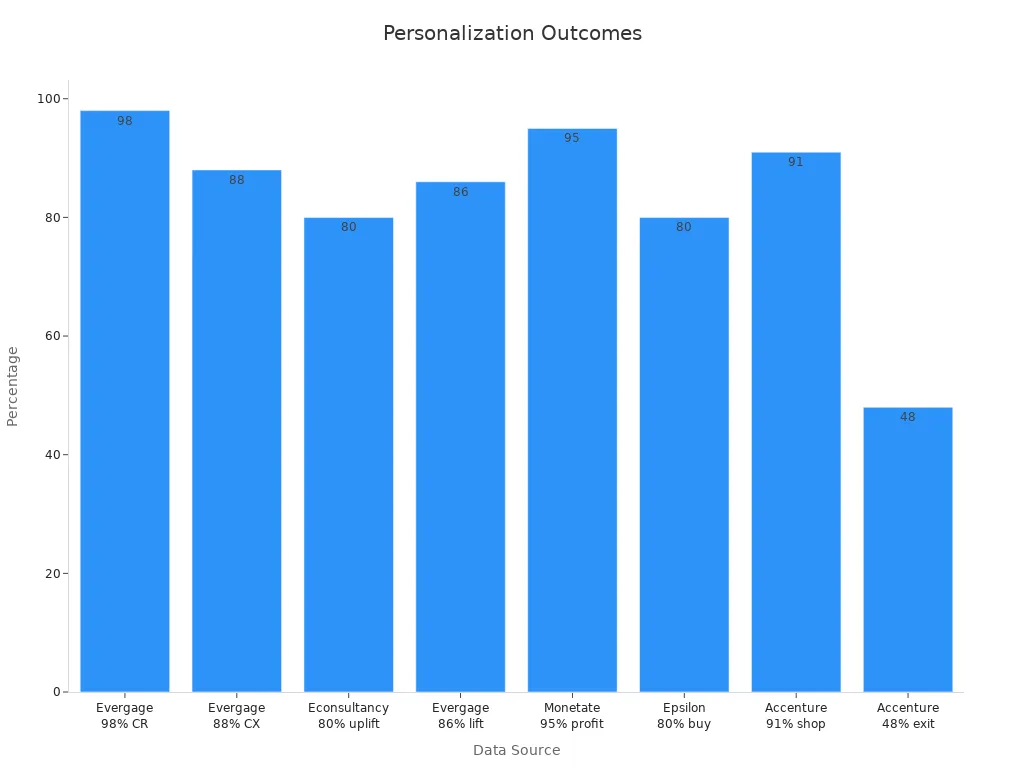
Investing in these tools ensures that your workplace stays ahead of the curve. It’s not just about keeping up with trends—it’s about creating an environment where you can thrive.
Personalization is no longer just a workplace trend—it’s the foundation for creating a thriving employee experience. By tailoring tools, benefits, and environments to individual needs, companies can unlock higher engagement, productivity, and satisfaction. The numbers speak for themselves:
Metric | Description |
|---|---|
Uplift | 80% of companies report seeing an uplift since implementing personalization. |
ROI | Companies using advanced personalization report a $20 return for every $1 spent. |
Revenue Boost | Personalization efforts can boost revenues by up to 15%. |
Business Results | 86% of marketers have seen a measurable lift in business results. |

While challenges like cost and data security exist, the long-term benefits far outweigh the hurdles. Companies that embrace personalization now will gain a competitive edge in recruitment, retention, and overall growth. With 79% of Millennials and Gen Z employees prioritizing flexible work options, the demand for tailored experiences is only growing.
The future of work is personal. By acting today, you can create a workplace where employees feel valued, supported, and empowered to succeed.
FAQ
What is workplace personalization?
Workplace personalization means tailoring tools, resources, and environments to fit your unique needs. It’s about creating a work experience that feels custom-made for you, whether it’s flexible schedules, personalized learning paths, or software that adapts to your preferences.
How does personalization improve employee engagement?
When your workplace feels designed for you, it’s easier to feel valued and connected. Personalization fosters a sense of belonging, which boosts engagement. Engaged employees are more motivated, productive, and likely to stay with their organization.
Is personalization expensive for companies to implement?
Not necessarily! Companies can start small by focusing on high-impact areas like benefits or learning platforms. Gathering feedback helps identify cost-effective solutions. Over time, personalization often leads to savings through improved efficiency and reduced turnover.
What role does AI play in workplace personalization?
AI analyzes your habits and preferences to offer tailored solutions. It can recommend training programs, automate repetitive tasks, or prioritize your to-do list. These tools make your workday smoother and more efficient, saving you time and effort.
How can companies address privacy concerns with personalization?
Transparency is key. Companies should clearly explain how they use your data and implement strong security measures like encryption. Using anonymized data and limiting collection to what’s necessary also helps build trust while keeping your information safe.
See Also
Enhancing Workforce Satisfaction With MokaHR’s Management Tools
Revolutionizing Recruitment Strategies With MokaHR’s Solutions
Boosting Company Image With MokaHR’s Career Platform
MokaHR’s Cutting-Edge AI Solutions Redefining HR Software
Improving Business Productivity Through MokaHR’s HR Solutions
From recruiting candidates to onboarding new team members, MokaHR gives your company everything you need to be great at hiring.
Subscribe for more information

